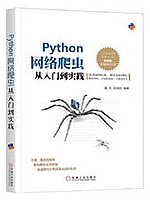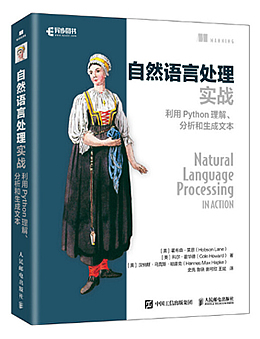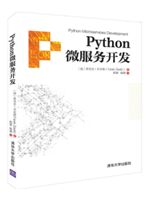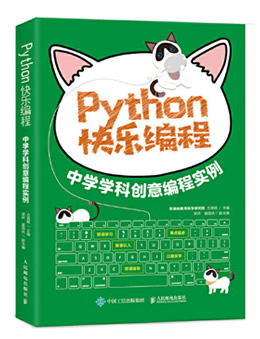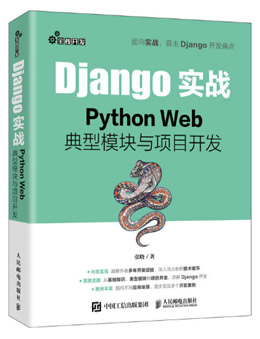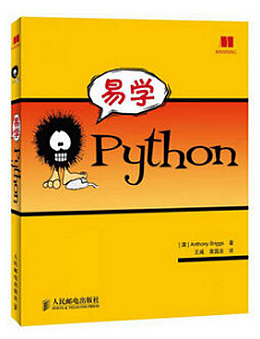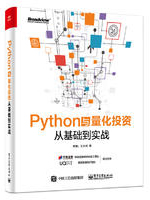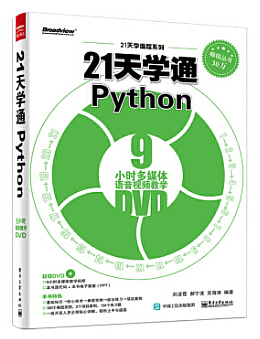我们帮大家精选了python相关的编程文章,网友石熙怡根据主题投稿了本篇教程内容,涉及到python、循环链表、golang、循环链表、python/golang 循环链表相关内容,已被668网友关注,相关难点技巧可以阅读下方的电子资料。
python/golang 循环链表
循环链表就是将单链表的末尾指向其头部,形成一个环。循环链表的增删操作和单链表的增删操作
区别不大。只是增加时,需要考虑空链表增加第一个节点的特殊情况;删除时需考虑删除节点是头/尾节点,和链表中只有一个节点的特殊情况。
golang实现:
type Node struct {
value int
next *Node
}
type Circle struct {
tail *Node
lenth int
}
// 增加节点:
func (c *Circle) add(value int) {
newNode := &Node{value, nil}
if c.lenth == 0 { //空链表中添加节点
c.tail = newNode
c.tail.next = newNode
} else {
newNode.next = c.tail.next
c.tail.next = newNode
c.tail = newNode
}
c.lenth += 1
c.printCircle()
}
// 删除节点:
func (c *Circle) remove(v int) {
if c.lenth == 0 {
fmt.Println("空环")
return
} else if c.lenth == 1 && c.tail.value == v { //链表中只有一个节点的特殊情况
c.tail = nil
c.lenth = 0
c.printCircle()
return
}
pre := c.tail
cur := c.tail.next // 头节点
for i := 0; i < c.lenth; i++ {
if cur.value == v {
if cur == c.tail { //如果删除的节点是尾节点,需更新tail
c.tail = pre
}
pre.next = cur.next
c.lenth -= 1
c.printCircle()
return
}
pre = cur
cur = cur.next
}
fmt.Println(v, "不在环中")
}
//打印节点:
func (c *Circle) printCircle() {
if c.lenth == 0 {
fmt.Println("空环")
return
}
cur := c.tail.next // 头节点
for i := 0; i < c.lenth; i++ {
fmt.Printf("%d ", cur.value)
cur = cur.next
}
fmt.Println()
}
func testCircle() {
var circle *Circle = new(Circle)
//for i := 1; i <=41; i++ {
// circle.add(i)
//}
circle.add(1)
circle.remove(10)
circle.printCircle()
}
python实现:
class Node:
def __init__(self, value, next=None):
self.value = value
self.next = next
def __str__(self):
return str(self.value)
class Circle:
def __init__(self):
self.tail = None
self.lenth = 0
# 增加节点
def add(self, v):
new_node = Node(v)
if self.lenth == 0: # 空链表中添加节点
self.tail = new_node
self.tail.next = new_node
else:
new_node.next = self.tail.next
self.tail.next = new_node
self.tail = new_node
self.lenth += 1
# 删除节点
def remove(self, v):
if self.lenth == 0:
print("空环")
return
elif self.lenth == 1 and self.tail.value == v: # 链表中只有一个节点的特殊情况
self.tail = None
self.lenth = 0
return
pre = self.tail
cur = self.tail.next # 头节点
for i in range(self.lenth):
if cur.value == v:
if cur == self.tail: # 如果删除的节点是尾节点,需更新tail
self.tail = pre
pre.next = cur.next
self.lenth -= 1
return
pre = cur
cur = cur.next
print(v, "不在环中")
# 打印链表
def print_circle(self):
if self.lenth == 0:
print('空环')
return
cur = self.tail.next # 头节点
for i in range(self.lenth):
print(cur, end=" ")
cur = cur.next
print()
def test():
c = Circle()
for i in range(10):
c.add(i)
c.print_circle()
c.remove(0)
c.print_circle()
c.remove(10)
c.print_circle()
c.remove(9)
c.print_circle()
c.remove(4)
c.print_circle()
以上就是python/golang实现循环链表的示例代码的详细内容,更多关于python/golang 循环链表的资料请关注码农之家其它相关文章!

